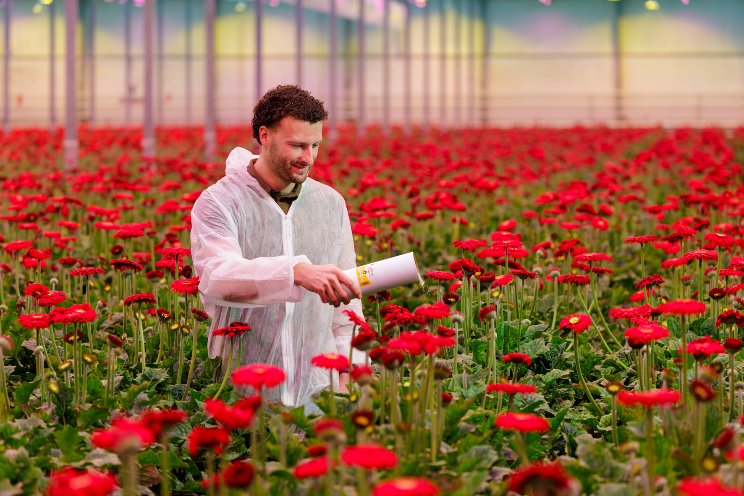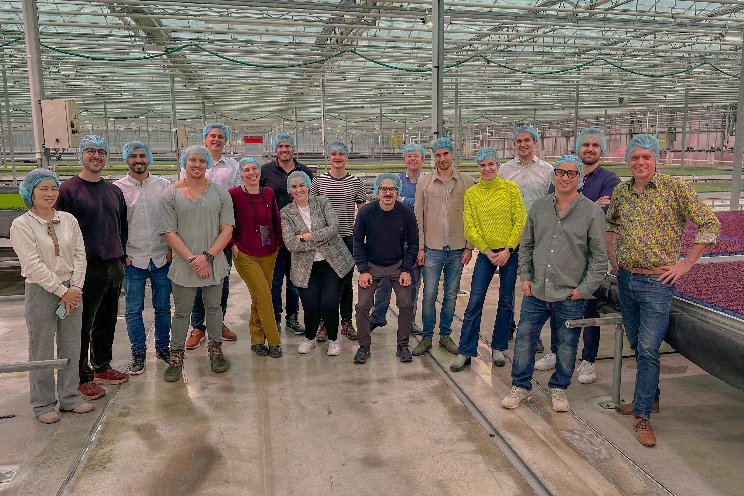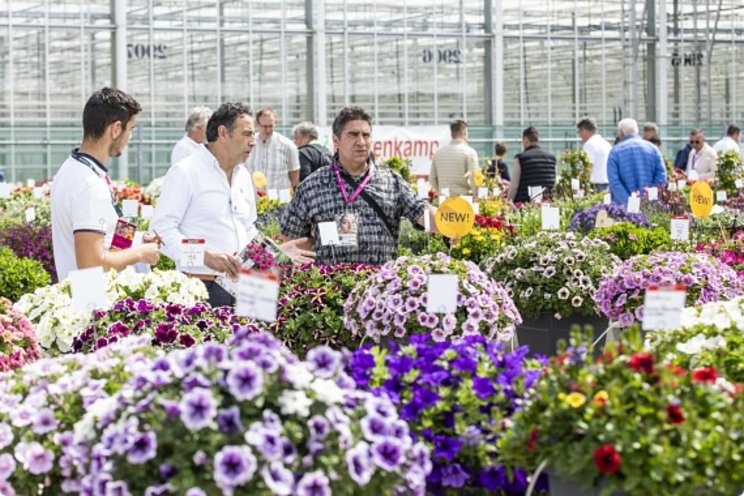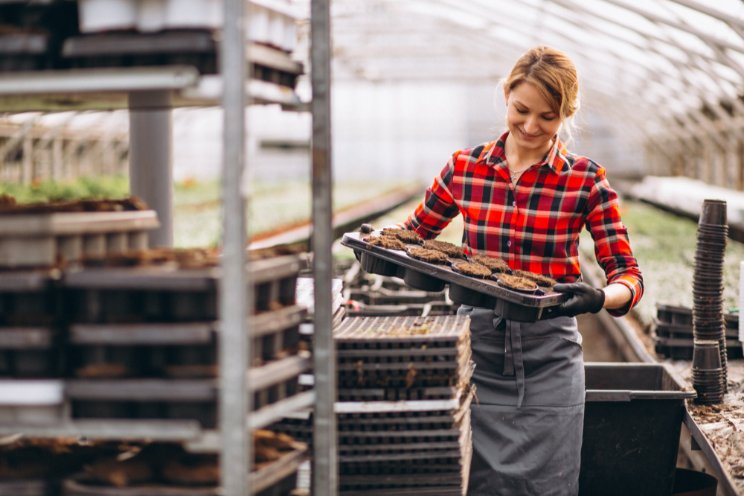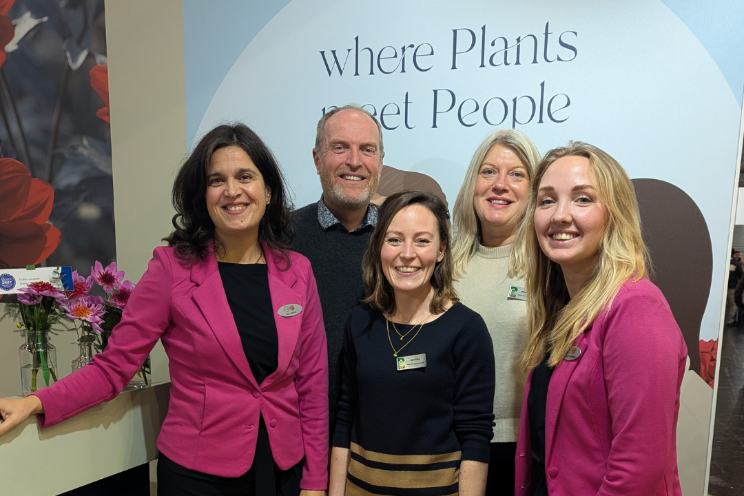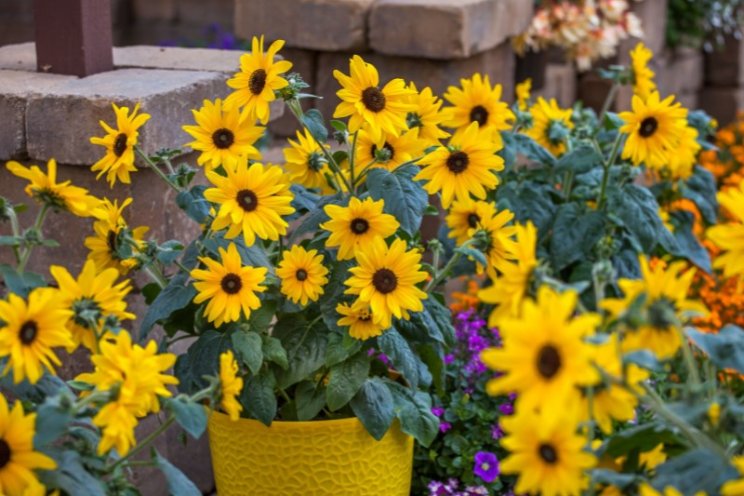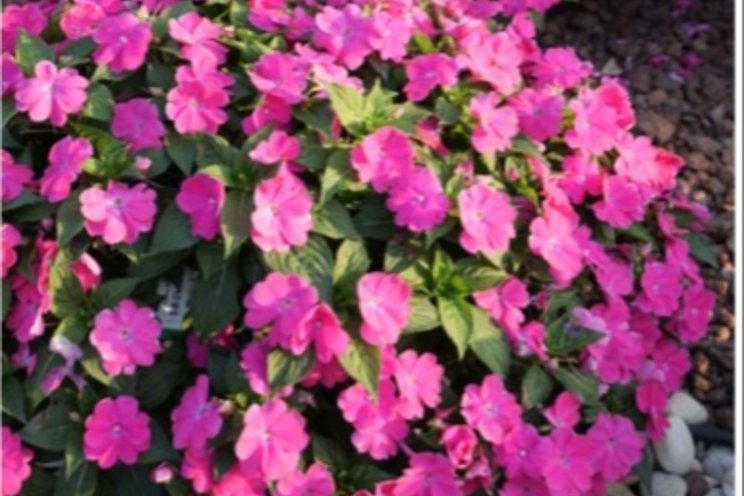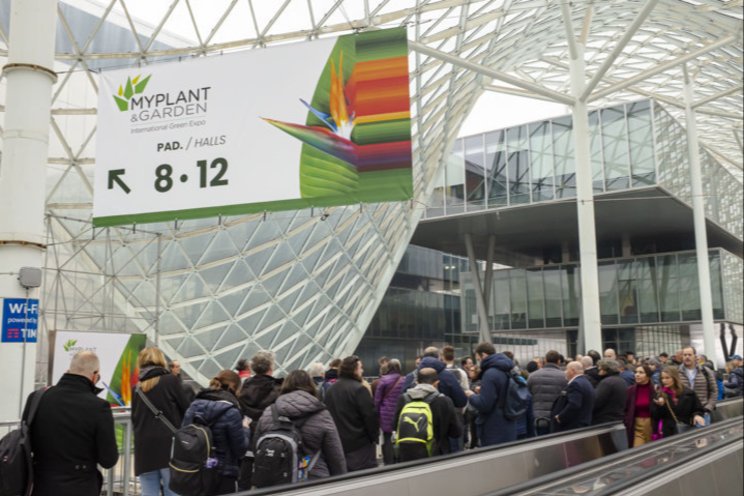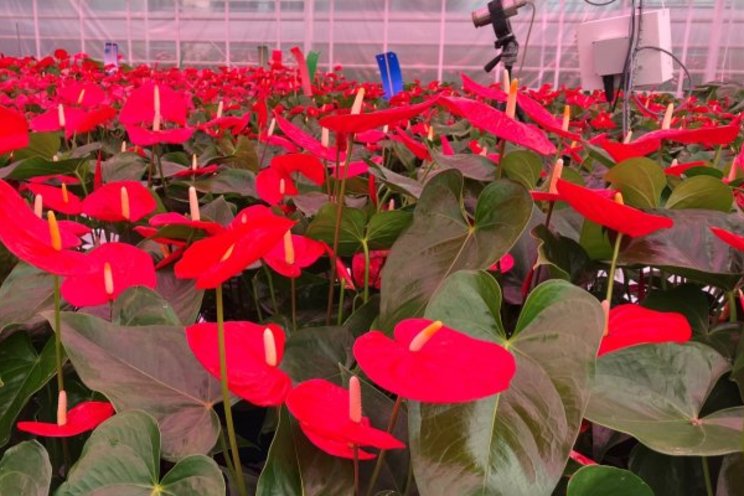CEA as a blueprint for production systems of the future
Added on 01 August 2024
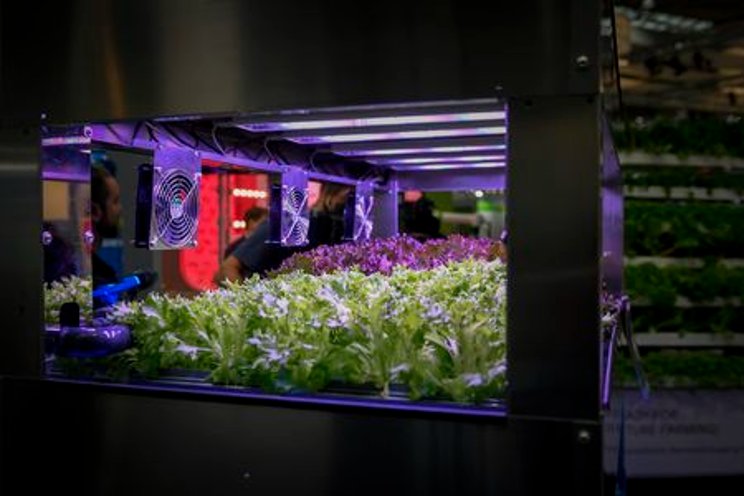
With a clear focus on the future of food production, exhibitors at the "Inhouse Farming - Feed & Food Show" from 12 to 15 November 2024 will be focusing on the combination of advanced agricultural technologies and renewable energy. Controlled Environment Agriculture (CEA), the technology-based approach for indoor and vertical farming, is at the heart of the B2B platform organised by the DLG (German Agricultural Society). CEA has the potential to make global value chains more climate-resilient, sustainable and efficient. In addition to indoor food and feed systems, solutions for aquaculture, algae and insect farming will be presented. EuroTier, the world's leading trade fair for professional animal farming and livestock management, and EnergyDecentral, the leading international platform for the decentralised supply of energy, will take place in parallel at the exhibition grounds.
Whether it's lettuce, herbs, microgreens or sprouts: Self-contained, closed agricultural systems are increasingly being employed around the world to supply healthy food. As there is no extensive agricultural production in cities, there is a high demand for constant availability of agricultural products coupled with an equally high demands on product quality. "The technologies and processes of indoor and vertical farming offer a promising approach for supplementing traditional agricultural systems," says Prof Nils Borchard, Head of Research and Development at the DLG (German Agricultural Society). The crops are cultivated under controlled environmental conditions, which means that productivity per unit area can be increased many times over. "This not only has economic benefits, but also environmental ones, such as reducing fertiliser and water consumption, decreasing or even eliminating the use of pesticides and shortening supply chains. However, high investments in technology and the considerable consumption of energy must also be taken into account," says Borchard.
Exposure and nutrient mix as required
Vertical farms can be located anywhere: In the driest regions of the world or in the centre of large cities. Located in high-tech containers, the indoor farms enable the year-round, reliable cultivation of plants that are generally used as healthy food, but are also used as animal feed. However, the processes and products must also be practicable in terms of economic efficiency. Ideally, material cycles should be closed in order to minimise process-related environmental impacts and the energy required should come from renewable sources. This year's "Inhouse Farming - Feed & Food Show" provides a detailed overview of the cultivation and production systems of the future and presents promising inhouse farming concepts based on hydroponics, aeroponics and fogponics.
Cubes - State-of-the-art CEA technology
The "Cubes" containers from the Swiss Mabewo Group is a good example of the application of the latest Controlled Environment Agriculture (CEA) technologies to optimise plant growth and prevent pest infestation. Using special airlocks and precise process control, the cubes create an environment that guarantees optimum growth conditions for plants. Up to 1.5 tonnes of fresh grass, including grains and root mass, can be harvested daily with a four-cube system - proof of the efficiency and scalability of today's crop cultivation systems. A prerequisite for year-round food production: Light intensity, air and water temperatures, pH values, humidity, CO2 supply and the conductance values of the nutrient solution must be controlled and individually adjusted to the plants. "By carefully monitoring factors such as carbon dioxide content and nutrient supply, CEA ensures consistent, reliable production," says Borchard.
Everything under control in the growth chamber
A central aspect of controlled environment agriculture is the use of energy-efficient systems for production and the automation of the self-contained system. At the top of the exhibitors' agenda is efficient, effective lighting - after all, light is one of the most important growth factors. The complete automation process for vertical farming will be on display in Hanover. The solutions range from lines for cooling, ventilation and dehumidification to systems for controlled irrigation and lighting and sensors for real-time monitoring of all important parameters. For example, the smart systems determine the mixing ratios of water and nutrients to ensure optimum plant nourishment while minimising water consumption.
Focus on fogponics
Lite & Fog GmbH from Berlin shows what this can look like in practice with its fogponics-based growth chambers. The plants grow in them on vertically mounted fabric tubes. In 2023, the Berlin start-up was awarded the "DLG - Impulse Pitches: Inhouse Farming, Feed & Food Award". The highlight: Instead of conventional running water, a fine, nutrient-rich mist generated by means of ultrasound surrounds the plant roots floating in the air. The rotation of the tubes ensures that each plant is optimally supplied with light. "Thanks to the lightweight design, there are virtually no limits to the length of the hoses and consequently the height of the systems. We're currently planning a height of nine metres, and later possibly even 18 metres," explains Martin Peter, co-founder of the company.
Phytopharmaceuticals from the region
The geographical and seasonal independence of vertical farming systems offers new possibilities for the organisation of supply chains. These cultivation systems are also attracting increasing interest from the pharmaceutical and cosmetics industries for the production of valuable ingredients. This is because the medicinal plants traded worldwide generally come from overexploited wild stocks and their quality is adversely affected by climate change. The combination of regional agriculture and vertical farming for the production of pharmaceutical plants is a goal that is currently at the centre of research at the Weihenstephan-Triesdorf University of Applied Sciences, Germany. Prof Heike Mempel confirms that technologies in indoor cultivation and the processing of phytopharmaceuticals have become increasingly important. "In principle, the conditions of a wide range of climatic regions can be simulated in a closed system," says the expert.
The Applied Science Centre (ASC) for Smart Indoor Farming was established at the campus in Freising, Germany under the leadership of Prof Heike Mempel. Her research focuses, among other things, on identifying the medicinal plants and ingredients that are particularly suitable for vertical farming. LEDs with a harmonised spectral composition ensure that the plants are optimally illuminated throughout the entire cultivation period. Mempel explains: "However, the composition of light is not only important for plant growth, but also for their secondary metabolism - and therefore for the ingredients we want to produce." The use of a closed cultivation system guarantees yield security with consistent quality of the plant raw materials that go into further processing. "It's a great advantage here if standardised raw materials are used that don't have different compositions every day," says Mempel. In future, the technology should enable the regional cultivation of rare medicinal plants.
Algae as a response to global challenges
From 12 to 15 November 2024, the "Inhouse Farming - Feed & Food Show" will be the hub for discussions on alternative agricultural technologies. An attractive accompanying programme and numerous Expert Stages offer additional information. The Theme Day on 13 November will explore the development trends in aquaculture, aquaponics and the cultivation of algae. The latter in particular holds considerable potential for a climate-neutral circular economy - because algae bind around ten times more carbon dioxide than land plants. When they are cultivated in photobioreactors, this value can be increased even further. Spirulina and other microalgae are cultivated in closed systems made of transparent plastic or glass tubes. Puevit GmbH is one of the companies that offer scalable and modular systems for the large-scale industrial production of microalgae. They are harvested using a filter. Up to 100 kilograms of fresh algae can be extracted from a two-kilometre-long pipe system within three days.
Further information is available at:
Inhouse Farming – Feed & Food Show: www.inhouse-farming.com
EuroTier 2024: www.eurotier.com
EnergyDecentral: www.energy-decentral.com
More news
